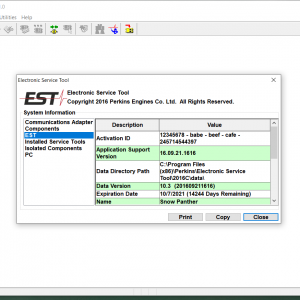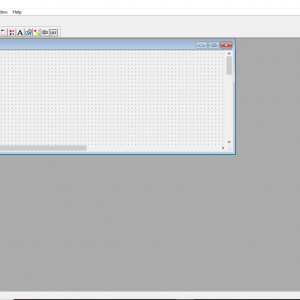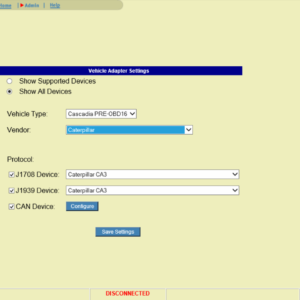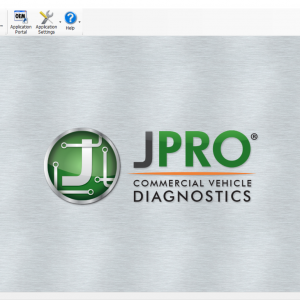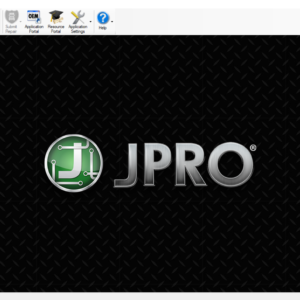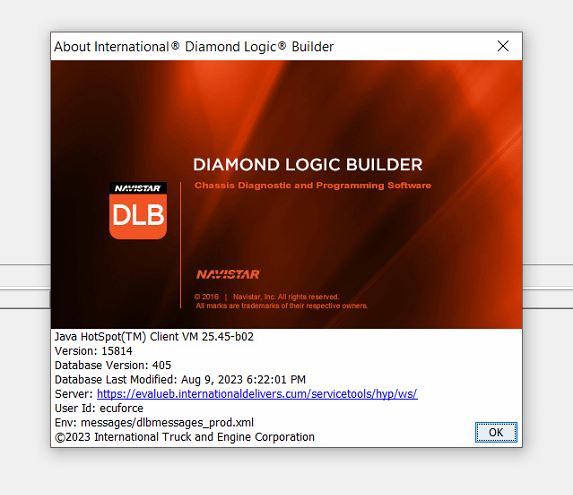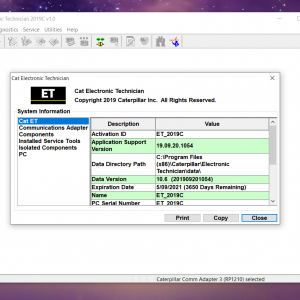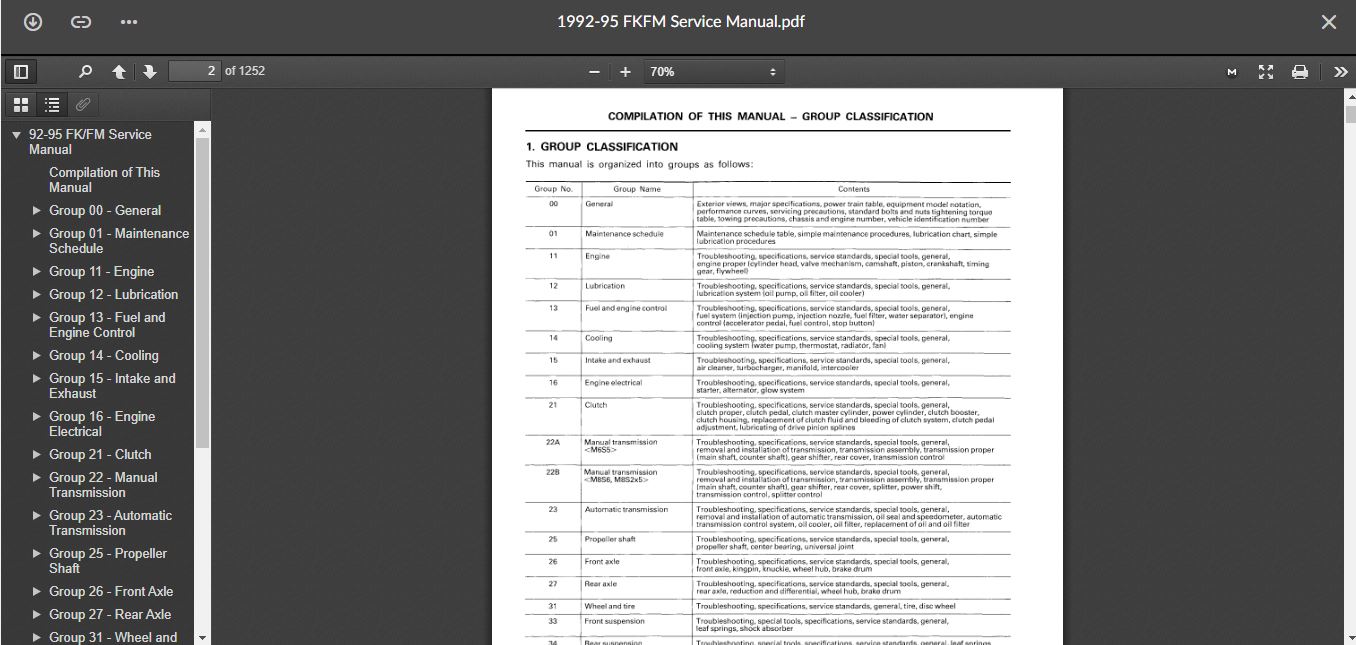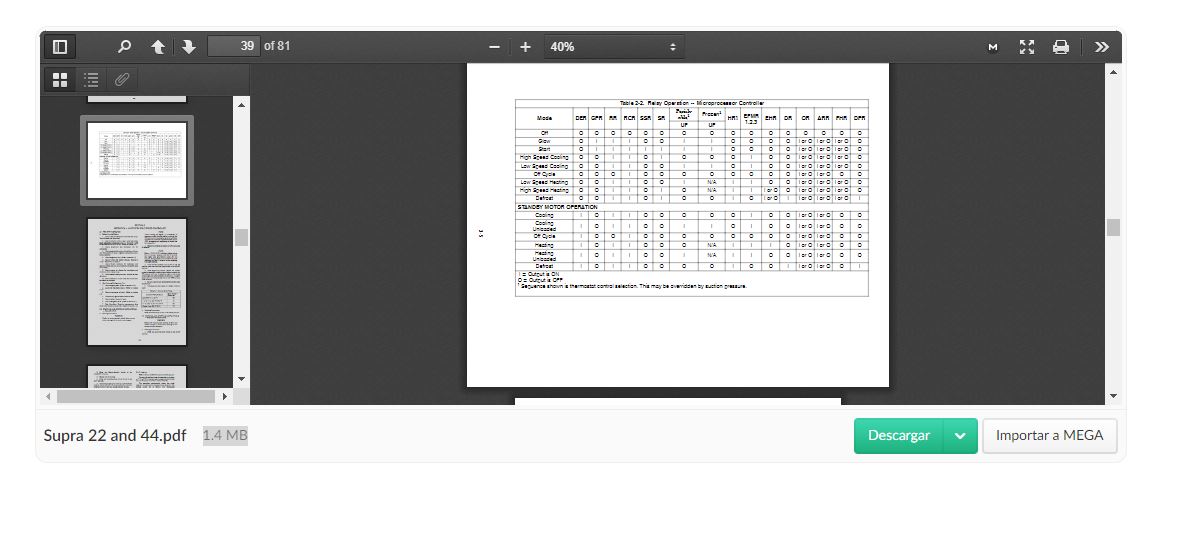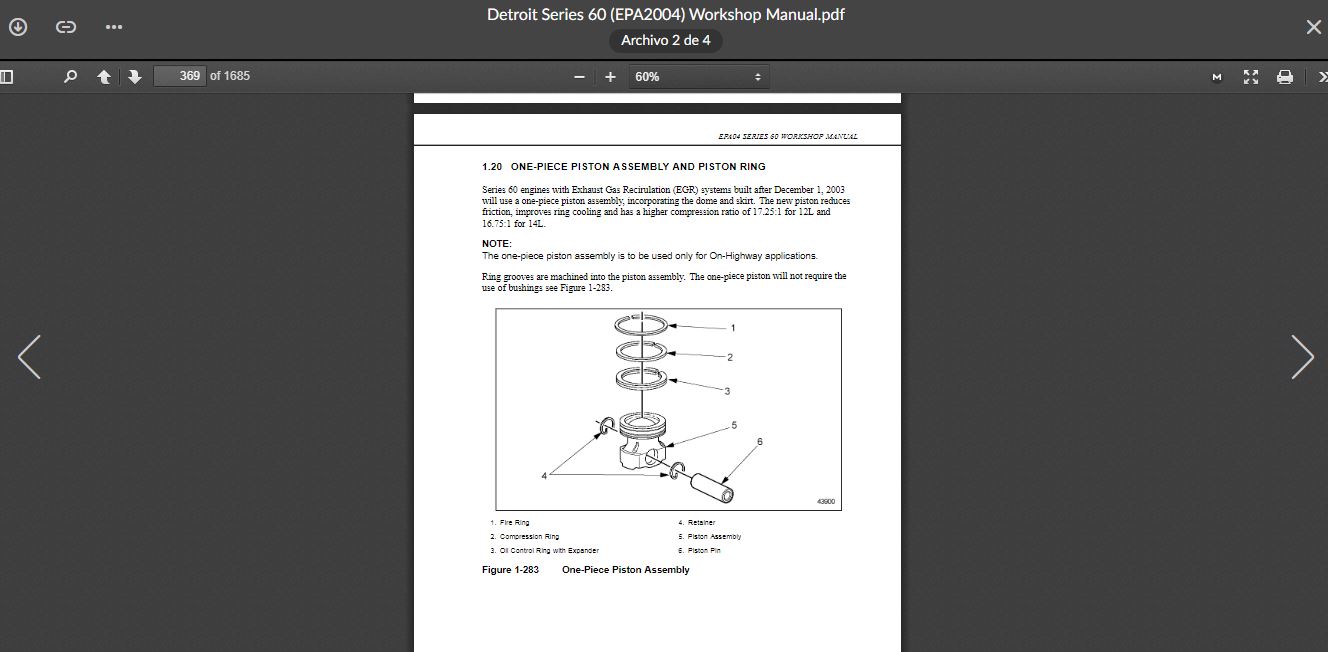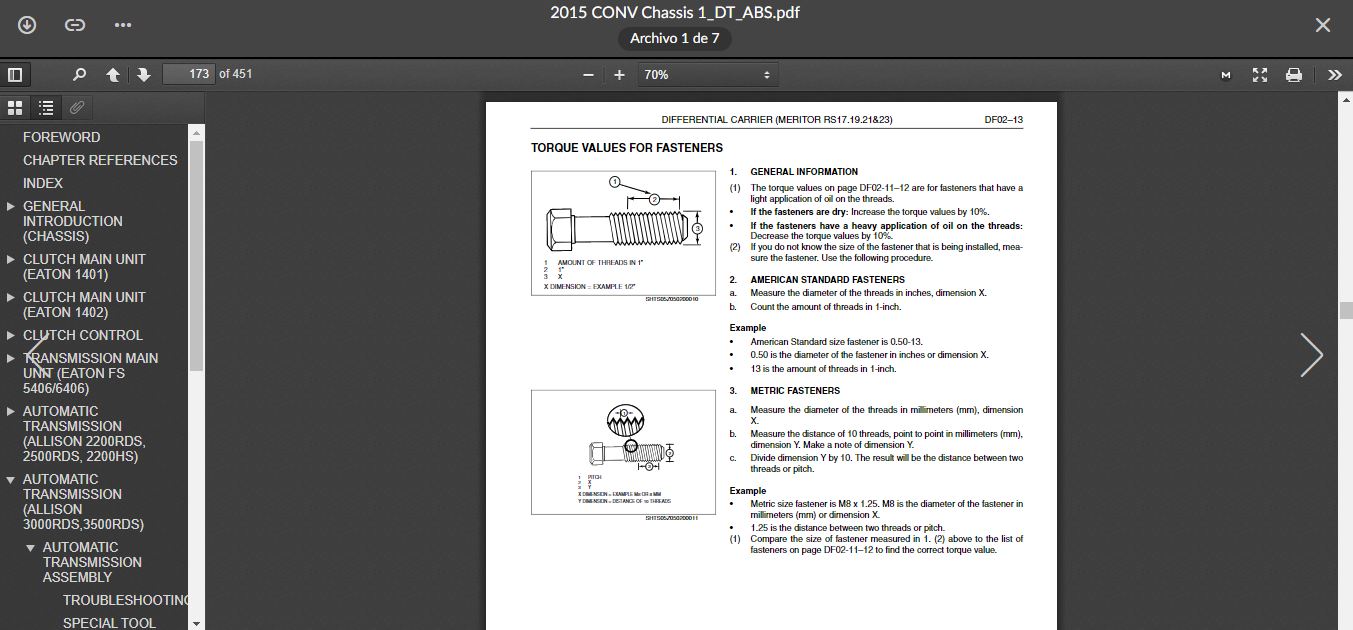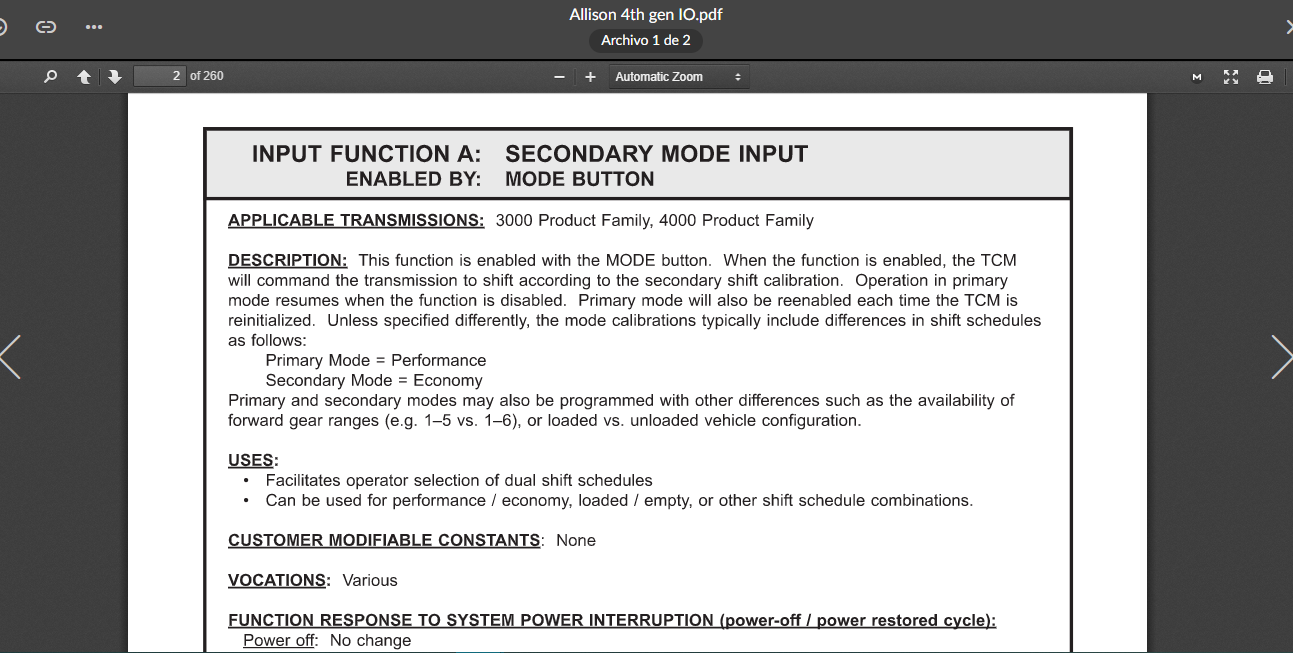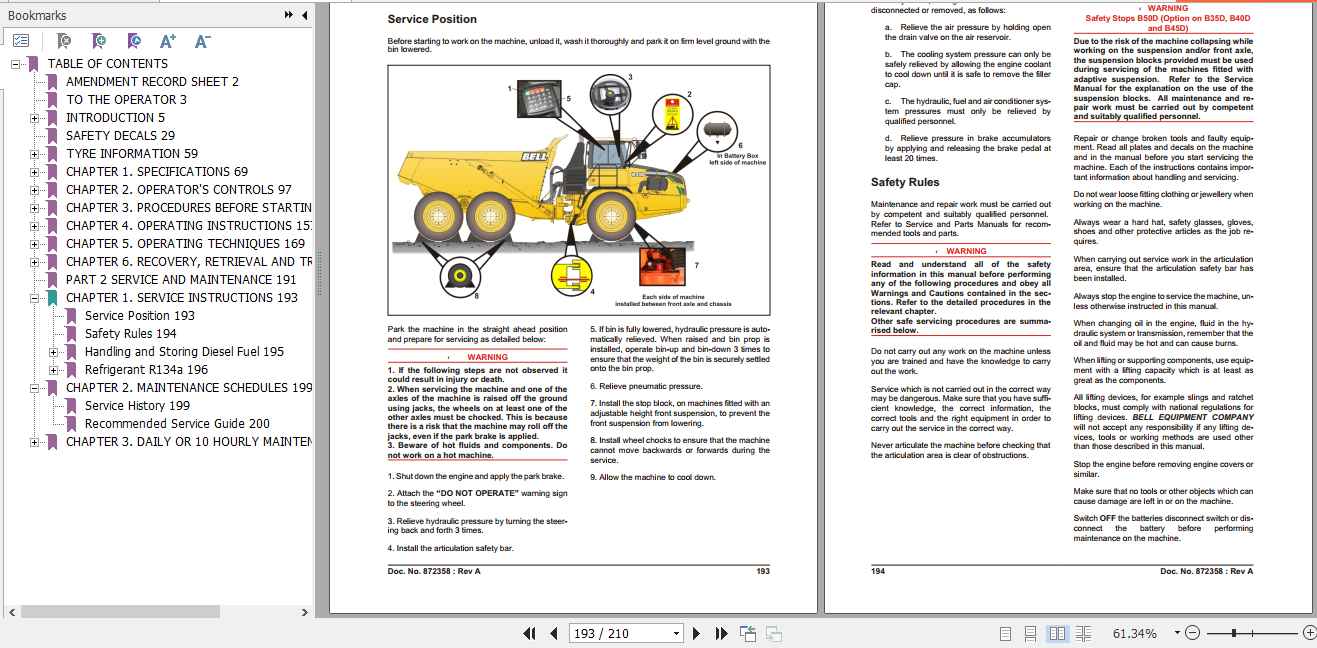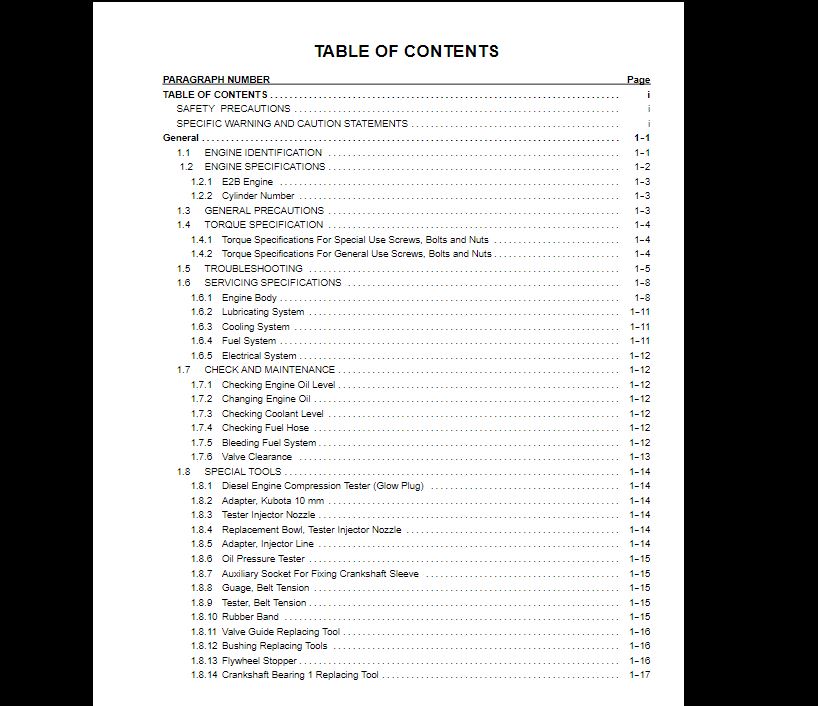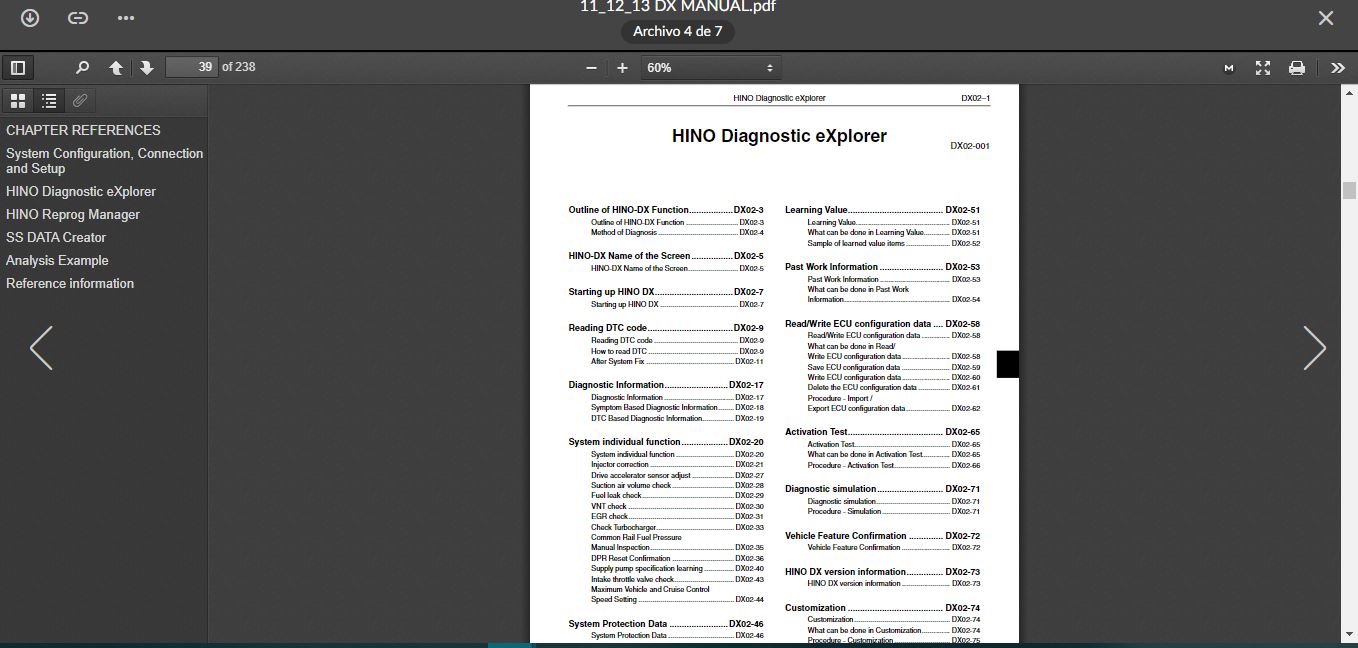Allison 3000 & 4000 Gen 4 Fault Code: P1739 Incorrect Low Gear Ratio
DIAGNOSTIC RESPONSE:
Command 2nd and allow shifts 2 through 6, N, R
CIRCUIT DESCRIPTION:
The Transmission Control Module (TCM) uses input from the turbine speed and output speed sensors to determine the current commanded for stead state gear ratio. The TCM then compares the known gear ratio to the calculated gear ratio for the current range.
CONDITIONS FOR RUNNING THE DTC:
1. Hydraulic system is pressurized.
2. No shift in progress.
3. Hydraulic default condition not present.
4. Output speed is above 200 rpm.
5. Engine initialization or shutdown is not in process.
CONDITIONS FOR SETTING THE DTC:
DTC P1739 sets during steady-state condition when the calculated low gear ratio differs from the known low gear ratio for more than 2 seconds.
ACTION TAKEN WHEN THE DTC SETS:
When DTC P1739 is active, the following conditions will occur:
1. For a 3700 model, the transmission locks in first range. For a 4700/4800 model, the transmission locks in second range.
2. While diagnostic response is active, the TCM ignores shift selector inputs.
3. The CHECK TRANS light illuminates.
4. DTC is stored in the TCM history.
5. TCM inhibits TCC engagement.
6. TCM freezes shift adapts (DNA).
CONDITIONS FOR CLEARING THE DTC/CHECK TRANS LIGHT:
Use the diagnostic tool to clear the DTC from the TCM history. The TCM automatically clears the DTC from the TCM history if the vehicle completes 40 warm-up cycles without the DTC recurring.
DIAGNOSTIC AIDS:
NOTE: This DTC requires Clutch Test using the diagnostic tool to detect clutch slip during a partial stall and also to pressurize clutches for measurement without needing to drive the vehicle. Note that main pressure and clutch pressures are reduced when the Main Mod Solenoid is energized. Low commanded Main Mod solenoid pressures shown in Data Monitor correlate to reduced main pressure and clutch pressures. Main pressure is reduced by Main Mod in N (Neutral), 1 (First Range), and 2 (Second Range) when engine speed is below 1500 rpm. Higher Main Mod commanded pressures correlate to no reduction in main pressure and clutch pressures. Refer to First Steps and Tips for Troubleshooting and the OEM Technician’s Library for more information about the action requests for Clutch Test, Full Main Pressure Test, and also the procedure for Stall Testing.
DTC P1739 may be caused by:
1. Output speed sensor signal circuit issues.
2. Turbine speed sensor signal circuit issues.
3. Low clutch pressures, main pressure, or control main pressure.
4. Control module issues like stuck/sticky valves, mechanically defective solenoids, broken springs, damaged valve bores, plugged suction filter, damaged gaskets, excessive leaks to exhaust, etc.
5. Transmission issues such as worn and/or damaged seals or seal rings, dislocated snap rings, worn clutch packs, rotating drum damage (affecting turbine speed pickup), debris, excessive hydraulic circuit leaks to exhaust or other hydraulic circuits.
NOTE: Damage to the output speed sensor wheel slot is an indication the driveline does not meet ATI specifications. Correct all driveline issues before putting transmission back in service.
6. Clutch system issues causing a clutch not to release.
7. Issue with TCM.
Related
-
PACCAR Electronic Service Analyst 5.4.3.0 SW files 27.03.2021 software trucks
PACCAR $60.00Rated 0 out of 5 -
Volvo Intermediate Storage File Encryptor/Decryptor (Editor) VISFED 0.3.2
Trucks software $35.00Rated 0 out of 5
-
PF Diagnose 2.0.2.23 Diagnostics Software 2013 – Full Heavy & Medium Duty with OBDII Support – Online Installation Service
PF Diagnose $60.00Rated 0 out of 5 -
ddct Detroit diesel calibration tool (DDCT) v4.5 English Include Calibrations & Metafiles
Detroit $30.00Rated 0 out of 5 -
DAF Davie Runtime v5.6.1 Davie XDc ll [02.2019] + Expire Fix 302.00 Unlock ( Windows 7 )
DAF $70.00Rated 0 out of 5 -
JPRO 2022 v1 Commercial Vehicle Diagnostics V1 Software Download & Installation Service ( 1 PC )
JPRO $94.00Rated 0 out of 5 -
PACCAR Electronic Service Analyst 5.4.3.0 SW files 27.03.2021 software trucks
PACCAR $60.00Rated 0 out of 5
Related products
-
Allison 1000 & 2000 Gen 4 Fault Codes: U0073 CAN Bus Reset Counter Overrun
1000 & 2000 Gen 4 $50.00Rated 0 out of 5 -
Allison 1000 & 2000 Gen 4 Fault Codes: U1016 Class 2 J1850 (Class 2) Powertrain Controller State of Health Failure
1000 & 2000 Gen 4 $50.00Rated 0 out of 5 -
Allison 1000 & 2000 Gen 4 Fault Codes: P0871 Transmission Pressure Switch Solenoid E Circuit Stuck Open
1000 & 2000 Gen 4 $50.00Rated 0 out of 5 -
Allison 1000 & 2000 Gen 4 Fault Codes: U1096 J1850 (Class 2) IPC Controller State of Health Failure
1000 & 2000 Gen 4 $50.00Rated 0 out of 5 -
Allison 1000 & 2000 Gen 4 Fault Codes: U0100 CAN Bus ECM Error
1000 & 2000 Gen 4 $50.00Rated 0 out of 5 -
Allison 1000 & 2000 Gen 4 Fault Codes: U2105 CAN Bus ECM Error
1000 & 2000 Gen 4 $50.00Rated 0 out of 5 -
Allison 1000 & 2000 Gen 4 Fault Codes: P0846 Transmission Pressure Switch Solenoid D Circuit Stuck Open
1000 & 2000 Gen 4 $50.00Rated 0 out of 5 -
Allison 1000 & 2000 Gen 4 Fault Codes: U1064 J1850 (Class 2) TBC Controller State of Health Failure
1000 & 2000 Gen 4 $50.00Rated 0 out of 5 -
Allison 1000 & 2000 Gen 4 Fault Codes: P0847 Transmission Pressure Switch Solenoid D Circuit Stuck Closed
1000 & 2000 Gen 4 $50.00Rated 0 out of 5 -
Allison 1000 & 2000 Gen 4 Fault Codes: P0870 Transmission Pressure Switch Solenoid E Circuit
1000 & 2000 Gen 4 $50.00Rated 0 out of 5 -
Allison 1000 & 2000 Gen 4 Fault Codes: P1891 Engine Throttle Position Sensor Pulse Width Modulation (PWM) Signal Low Input
1000 & 2000 Gen 4 $50.00Rated 0 out of 5 -
Allison 1000 & 2000 Gen 4 Fault Codes: P1688 Unmanaged Engine Torque Delivered To TCM Signal
1000 & 2000 Gen 4 $50.00Rated 0 out of 5 -
Allison 1000 & 2000 Gen 4 Fault Codes: U1000 Class 2 Loss of Serial Data Communication
1000 & 2000 Gen 4 $50.00Rated 0 out of 5 -
Allison 1000 & 2000 Gen 4 Fault Codes: U1301 J1850 (Class 2) Serial Data Communication Link Low
1000 & 2000 Gen 4 $50.00Rated 0 out of 5
-
SERVICE MANUAL Carrie Supra 422, 522,622, 722, 822,922, 644,744,844, 944 & Supra Multi-Temp
CARRIE $20.00Rated 0 out of 5




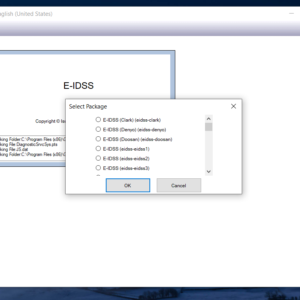



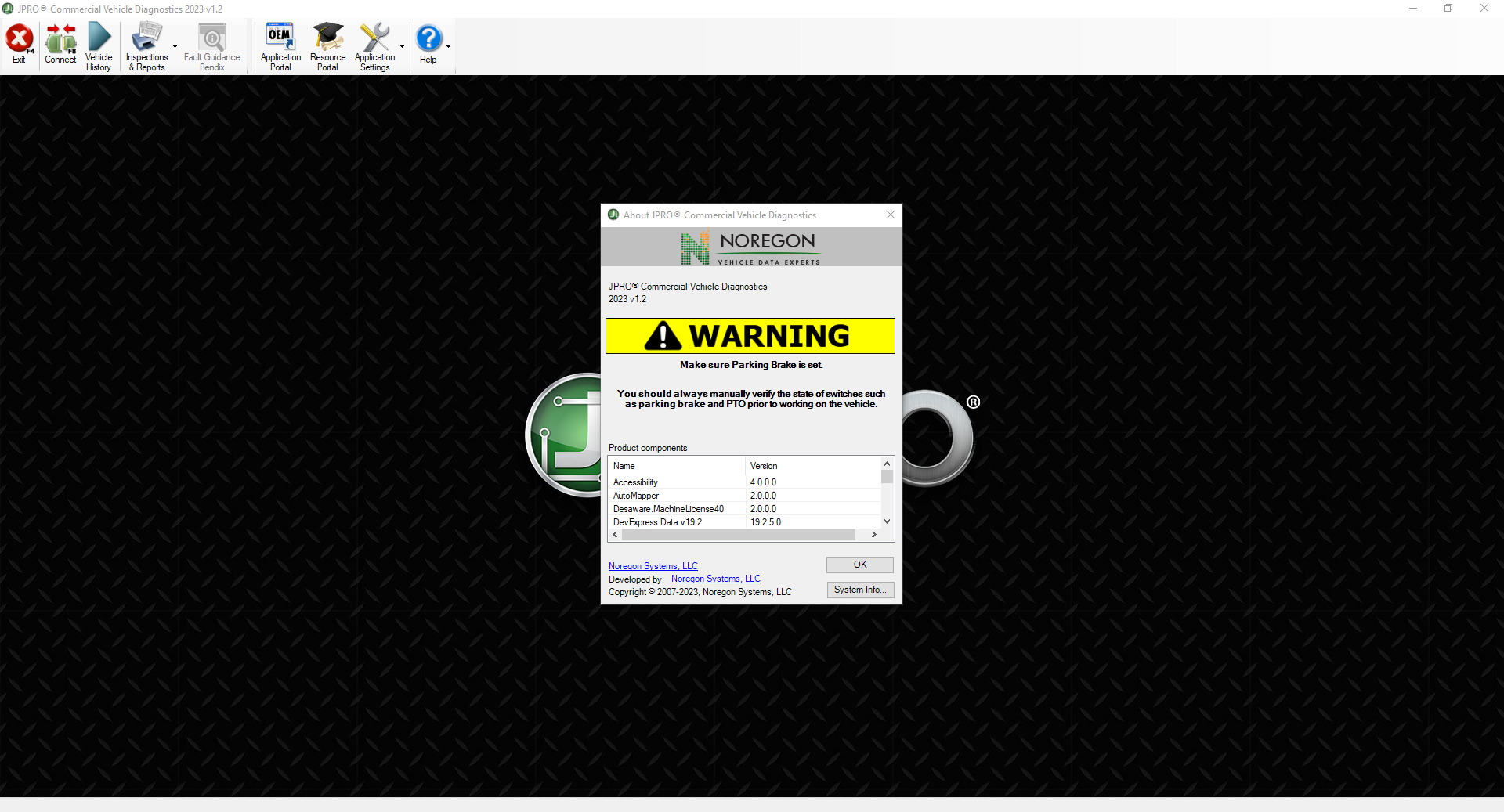
![DOOSAN DMS-5 3.1.3 [2023.11] diagnostic software](https://i0.wp.com/www.ecuforcetruck.com/wp-content/uploads/2023/11/1.png?resize=300%2C300&ssl=1)
![DOOSAN DMS-5 3.1.3 [2023.11] diagnostic software](https://www.ecuforcetruck.com/wp-content/uploads/2023/11/Captura-1.png)

